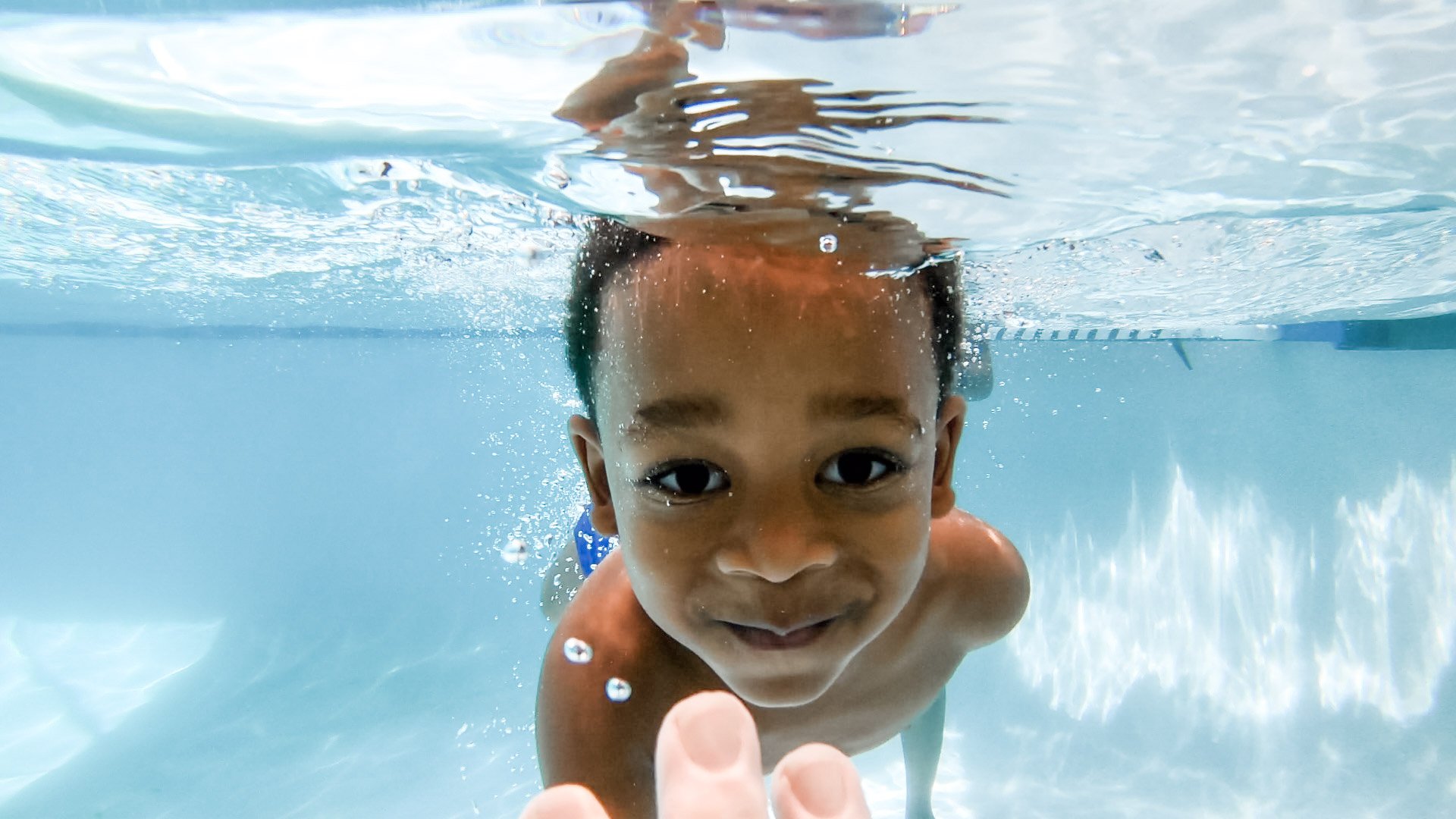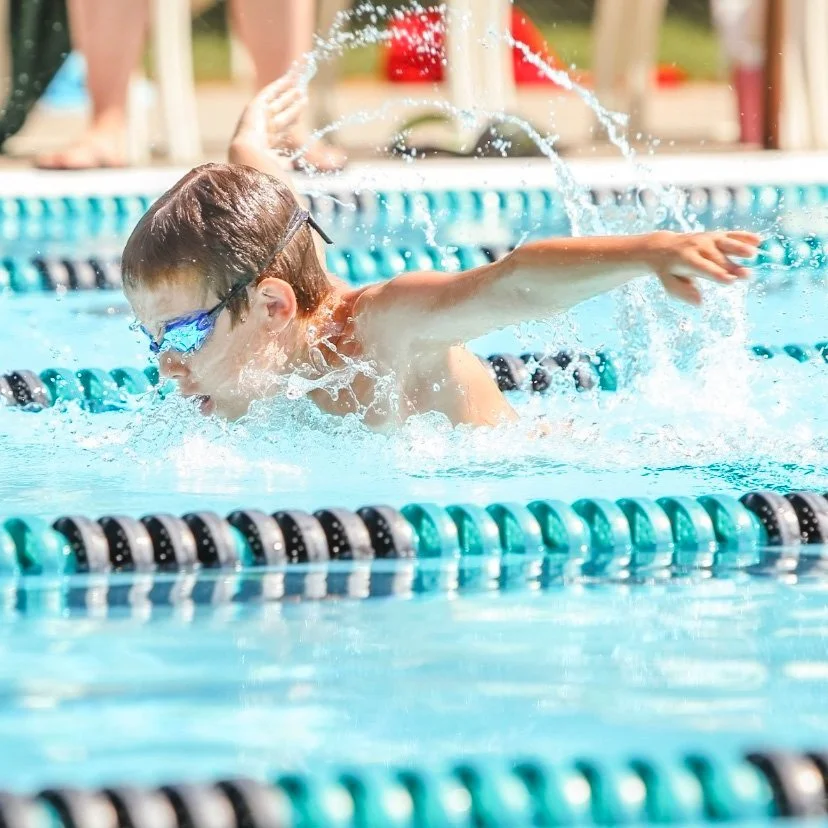
Water Safety
Drowning is the leading cause of accidental death for children under age 5, and the leading cause of death for children with Autism Spectrum Disorder (ASD).
Sea Star ISR recommends a multi-layered approach towards water safety. Layers can break down, so the more layers that are in place, the stronger your water safety plan will be.
Layers of Protection and Tips
Effective Supervision
Lapses of supervision are inevitable. Designate a Water Watcher whenever there is water near. Most drowning accidents happen when you aren't expecting your children to be in or near the water.
Window and Door Locks
Installing high locks on all windows and doors that lead to the outside helps prevent unsupervised access to areas where water may be present.
Alarms
In addition to locks on windows and doors, alarms will alert you if your child attempts to access areas where water may be present.
You can use your home security system’s “chime” feature or install standalone alarms.
Pool Fences
Pool fences are crucial in a water safety plan. A 4-sided fence is recommended at least 3-5 feet from the pool edge, with a self-latching, self-closing gate. Mesh pool fences are non-climbable and provide visibility to the water.
I recommend Life Saver Pool Fence and Protect-A-Child.
Survival Swim Lessons
Enroll your child in a high-quality swim program, like ISR Self-Rescue, that focuses on survival and teaches them to get to their air unassisted. It’s the layer of protection that travels with the child!
Remove or Permanently Seal Off Pet Doors
Toddlers can easily fit through them and make their way to the pool area, putting them at risk of falling into the water.
Put Away & Store Pool Toys & Inflatables
Toys and floats left in a pool when not in use can lure children towards the water. Remove all items from inside the pool. Remove any furniture or toys around the pool area that could be used to climb on to gain access to the water.
No Breath-Holding Games
Never encourage breath-holding games with children. These games can increase the risk of drowning due to shallow water blackouts.
Awareness & Education
Keep informed on current drowning statistics and ways to prevent a water emergency. Too many parents have learned too late that they were unaware. Drowning is silent and happens in less than 30 seconds. It can happen to anyone.
Understand That Drown-Proofing is Impossible
No matter how experienced a swimmer is, no one is ever drown-proof. Medical emergencies and unforeseen circumstances can all lead to a drowning accident.
Life Jackets on Open Water
A US Coast Guard-approved life jacket is recommended when in or near natural bodies of water (not swimming pools). When boating, use properly fitted life jackets that are brightly colored.
Learn CPR for Children & Adults
If an emergency happens, parents and families must be prepared. Knowing what to do can save precious time and help prevent further injury. Learn to perform CPR on children and adults and update those skills regularly.
Looking for recommendations on swim lesson essentials, water safety products, and pool toys?
Visit my Amazon store!

Vacation Water Safety Tips
Water safety and drowning do not take vacations. Be sure your family is prepared for your next trip.
Swimwear Water Safety
When shopping for swimwear, think water safety! Avoid dressing your children in blue, navy, black, grey swimsuits, or any shade that easily blends into the water. Instead, put them in brightly colored swimsuits that are easy to spot quickly. In a water emergency, seconds count. The sooner a child in trouble is spotted, the safer!

“ISR believes that pool fences, supervision, and pool alarms are important parts of a necessary, multi-layered approach to drowning prevention.”
— JoAnn Barnett, ISR SMI, President & CEO of Infant Swimming Resource













